Weddings, the Electric Picnic, livestock marts, pubs, Sunday mass, the Galway Races, GAA matches.
Whatever occasion you attend in Ireland, you can be sure that you'll be asked one question afterwards - "Was there many at it?"
 Conor McMorrow, of RTÉ's political staff, looks at the murky science of counting crowds
Conor McMorrow, of RTÉ's political staff, looks at the murky science of counting crowds
It's part of the Irish condition that we are obsessed with crowds. For some reason the crowd at a given occasion can practically be index-linked to the level of enjoyment.
For a nation so interested in crowds, we really should be better at counting them.
Thousands of people are expected to take to Dublin’s streets on Wednesday, to protest against water charges.
Announcing fresh measures on the charges on 19 November, Minister for the Environment, Alan Kelly said: "I want my legacy to be one of achievement and not destruction."
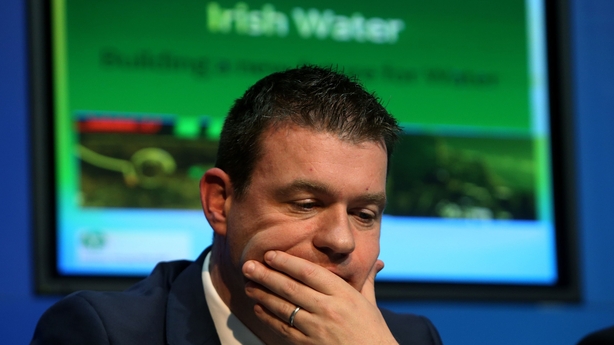
The size of the crowd at Wednesday’s protest could tell a lot about the Government’s legacy. It will be a tangible way of gauging how the new measures have been received.
Given the political significance of this protest, there will be competing head counts. Expect disparity between the estimates of those organising it and those who support the charges.
So, how will the crowd by counted? Here are a few opinions on an extremely murky science.
An Garda Síochána
A spokesman for the Garda Press Office said: "There’s no magic algorithm or formula for counting crowds. It's based on the experience of people policing an event.
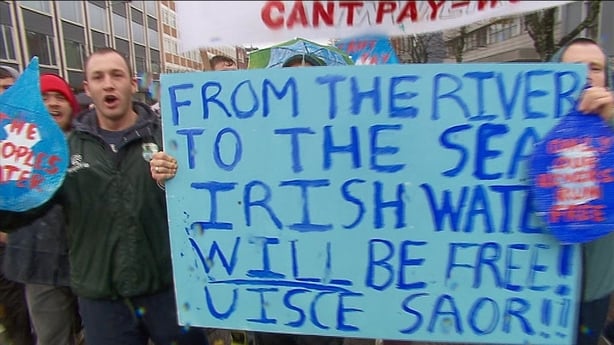
"We would know from looking at an area roughly how many people are there. We would know how many people places such as O'Connell Street, Merrion Square and Molesworth Street hold. So by looking at how much of that area the crowd cover we can estimate the crowd."
The Garda stations on Pearse Street and Store Street in Dublin each have an events office which supplies the press office with a figure after a protest.
The spokesman added "if you know from experience what 100 people look like, you can work out multiples of 100 from that."
"There is a perception in the media that it is part of our role. We have no official role to count crowds. It has become a convention for us to count crowds. While we do provide figures they are only estimates."
Professor Charles Seife (New York University)
"There's no foolproof way of counting crowds. If you can control access in and out of the venue, you can set up a counter at the access points, which gives a pretty accurate number.
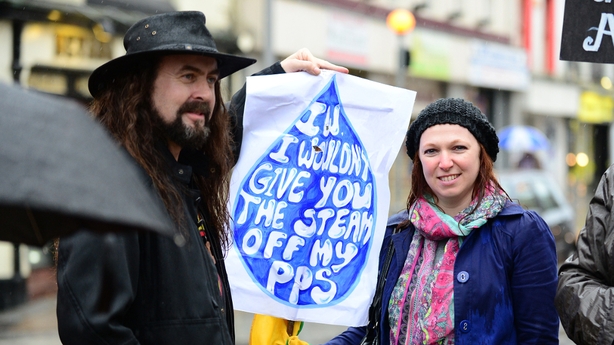
"But for large protests and the like, you don't have that ability. Perhaps the best method available uses overhead photographs - from helicopters or drones - but this is far from perfect. Overhead photographs can't see through trees or other objects that obscure the ground. And crowds are very dynamic things; they don't sit still so you can get an accurate count.
"There are sure to be people who are double-counted as they move around, as well as those who aren't counted at all. But done carefully enough, it can give you a pretty decent count. Less accurate still is using transport statistics - bus fares, etc - to estimate the flow of traffic in and out of the area.
"When it comes to crowd figures, when those figures carry any political importance, there will be people trying to manipulate the numbers. So any number that comes from a party with something to gain from inflating or deflating the estimates - you can be almost guaranteed that those numbers will be inaccurate."
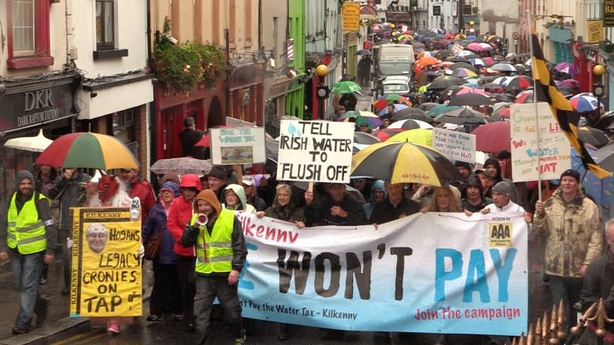
Paul Murphy (Socialist party TD)
Newly elected Socialist party TD, Paul Murphy, who has been to a protest or two, says the only way you can accurately determine the crowd at a protest is "if you have an aerial view. Then you work out how densely the crowd is and how much space they take up.
"Generally on the day, I base my predictions on previous experience of protests in an area or how long it takes a crowd to pass a particular point."
He said: "I think there will be tens of thousands at this week’s protest. It’s on a workday during the week but there could be 50,000 there."
Professor Clark McPhail, (University of Illinois and author of 'The Myth of the Madding Crowd')
"I am routinely asked this by journalists and I describe an estimation procedure that has three variables:
(1) What is the carrying capacity (square feet or square metres) of the area or venue in which the crowd/gathering/demonstration is located?
(2) What proportion (percentage or fraction) of that area is occupied?
(3) What is the density of the occupation? (How many people per square yard/metre)? This is not a head count but an estimation procedure. The numbers that organisers ordinarily provide are generous guesstimates. The numbers that police ordinarily give are less generous, although this varies from one jurisdiction to another."
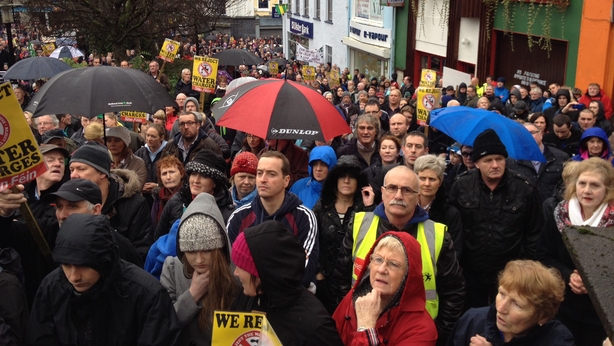
When Wednesday comes…
Deputy Murphy expects tens of thousands to show up on Wednesday.
We won’t know until the day.
We won’t really know at all.
What we will know is that when each protester arrives home, they will be asked, "Was there many at it?"

